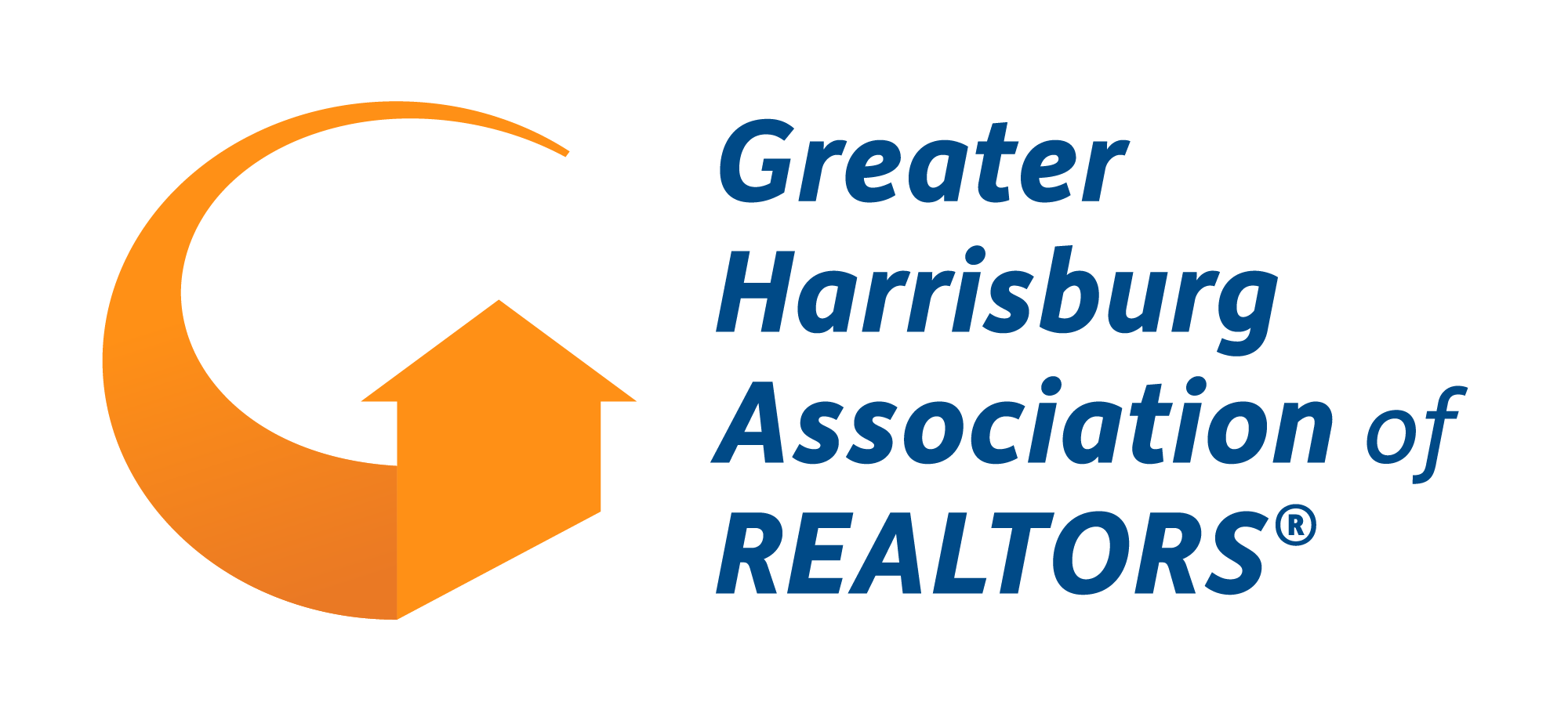Forms for the pandemic
Realtors® are reliant on standard forms for many good reasons. The forms have established a somewhat uniform transaction, particularly for resale homes. A standard and familiar path reduces mistakes and liability.
Unfortunately, the physical distancing required by our Governor and personal desire to protect our families, ourselves and others has taken us far afield from the standard path. The new path involves looking from a distance, limited or no inspections, and a limited or no walk-through. This, we anticipate is not a new norm; there is every reason to believe that the pandemic will ebb and that protocols can be put in place to assure everyone’s safety. In the interim, however, what can we do with forms to accommodate this exceptional time?
I have drafted “sight unseen” addenda and quite a few cautions and hold harmless agreements, but when it comes to the agreement of sale, I’d not expect any addenda to present a universal fix. The reason has to do with allocating risk: risk that the property sells with material or other defects. A term in every standard form I’ve seen from anywhere, the risk of loss passes from seller to the buyer of resale property, at settlement.
If the property burns to the ground immediately after settlement, it’s the buyer’s problem (presumably, an insured one). Likewise if any other defect is found post-settlement. A breach of the disclosure law may provide relief, but generally not in the case where no misrepresentation of a material condition can be proved. Unfair? Perhaps.
What brings the standard transaction more to a state of fairness is buyer’s pre-settlement ability to investigate all systems and conditions of the property, to demand repairs, and to walk away if not satisfied. But the mechanisms of restoring “fairness” are lost if a buyer can’t investigate personally and with the assistance of inspectors, contractors, engineers and other professionals of buyer’s choosing. And that’s the problem presented by the pandemic and physical distancing.
So what can a form do to overcome the buyer’s tremendous disadvantage? And if that disadvantage is severe enough to keep buyers away isn’t that a disadvantage for sellers, brokers and agents?
Assuming, and these are big assumptions, that the loan, appraisal, notary and closing can occur, then we look to the forms. A form could keep the risk of loss with seller until sometime after settlement when the buyer has lived with the property and after inspectors can once again perform inspections. But that is very risky for a buyer. If the seller agrees to repair or pay for conditions discovered after settlement, how will that agreement be enforced? If the seller is within reach, does the seller have funds, will the seller dispute the condition? Being owed and collecting are two different things. Further, is the form to create absolute liability in seller for any problem, including those not known by seller or those not material to the home? Sellers don’t ordinarily provide a warranty let alone such a broad one.
A form could require funds be held in escrow to accommodate repair of conditions discovered post settlement. Big risk there too. How much do you hold. I’ve been involved in many cases where the cost of remediation, particularly of structural problems, exceeds $100,000.00. An agent, or a lawyer, would be putting her neck on the chopping block by suggesting any number!
And what conditions are covered by the deferred transfer of risk of loss or the escrow agreement, material defects or those that may not be material? Because buyers ordinarily rely not only on seller disclosures, but also personal visits and inspections, do we need to beef up the seller disclosure when visits and inspections can’t take place. Sure, a form could do that too. But what does it ask? “In addition to material defects please disclose any other condition that the reasonably prudent buyer wouldn’t be happy with”? Good luck with that!
What forms do best is to continue transactions to future dates to accommodate inspections and permit closings that signal the end of the transaction – no overhanging inspections to be done, warranties, or loose ends. The PAR Coronavirus Addendum does that and parties can always attempt to reach amendments extending settlement, assuming the luxury of time. Not everyone has it.
Forms can also protect. I’m not sure it is necessary for buyers and sellers who are determined to proceed to sign indemnity and hold harmless agreements. What buyer/seller is not aware of the risk of physical contact with others or surfaces and spaces recently touched or occupied by others? Consumers know as much as any of you know about the risks so how can you be blamed for their exposure? Perhaps advising consumers to get the latest information relative to stay at home and business closure orders makes sense. I suggest referring them to www.parealtor.org/coronavirus. And certainly don’t undo science and legal-based guidance by suggesting that consumers take or refrain from certain action.
Before I leave you all in despair, I will leave with something over which to be optimistic. As we anticipate a relaxation of sequestration, your state association is working around the clock to promulgate for your use broker policies and resources relating to general hygiene and protection, listing appointments, marketing, industry showings, open houses and the like. You can anticipate that these guidelines and directives will be detailed and that brokerages will be able to incorporate them as part of routine protocol. These documents and forms will be useful in instructing buyers and sellers as to what they may expect and the protocols they are to observe to assure not only their own safety but the safety of family and industry members as well. You may anticipate the availability of these resources being released as the state announces how it will allow commerce to open. Continue to monitor the website of the Pennsylvania Association of Realtors®.

